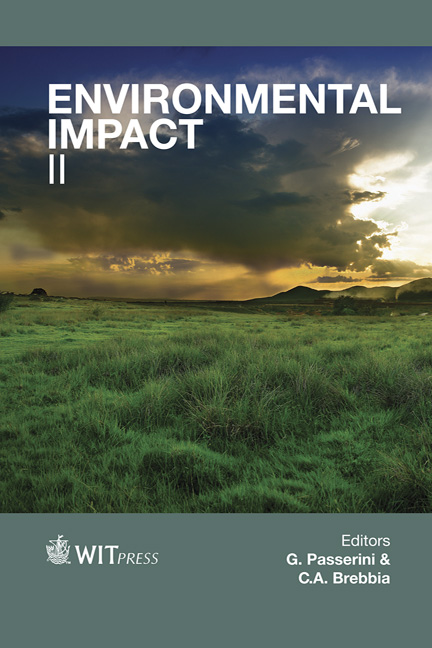Restoration Scaling Of Environmental Damages In The Face Of A Changing Environment And Uncertainty
Price
Free (open access)
Transaction
Volume
181
Pages
12
Page Range
491 - 502
Published
2014
Size
979 kb
Paper DOI
10.2495/EID140421
Copyright
WIT Press
Author(s)
D. A. Hanson, E. M. Britney, T. G. Stewart, A. W. Wolfson & M. Baker
Abstract
There is growing recognition that climate change, habitat fragmentation, and other global stressors are altering ecosystem dynamics. This paper discusses the incorporation of dynamic environmental conditions (i.e., non-stationarity) into restoration planning. The context is natural resource damage assessments (NRDA) addressing environmental impacts and lost services, primarily by using habitat equivalency analysis (HEA). Restoration ecologists traditionally incorporate an implicit assumption of stationarity and species-community dynamic equilibrium in designing habitat restoration. HEA has also typically been applied as a deterministic model assuming stationarity of environmental conditions. Anticipated increases in the frequency and severity of environmental disruptions (e.g. high temperatures, drought, extreme precipitation and coastal storm events, changes in the hydrological cycle, increased wildfires, etc.) can alter recovery trajectories, and reset or completely change ecological baselines. Thus, it is beneficial to identify restoration and compensatory actions that explicitly incorporate these influences, provide ecosystem resilience, and thereby protect or enhance primary and compensatory restoration. Keywords: non-stationarity, natural resources damage assessment, NRDA, habitat equivalency analysis, HEA, ecological restoration, environmental baseline, climate change, restoration portfolios, climate change adaptation, resilience.
Keywords
non-stationarity, natural resources damage assessment, NRDA, habitat equivalency analysis, HEA, ecological restoration, environmental baseline, climate change, restoration portfolios, climate change adaptation, resilience.





